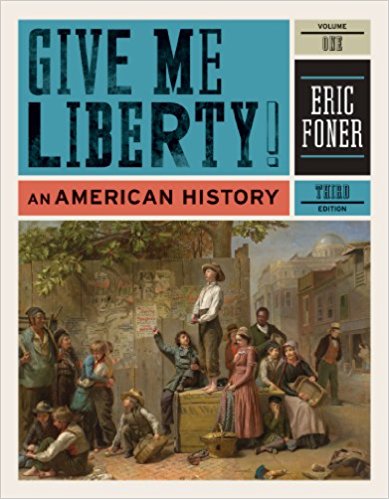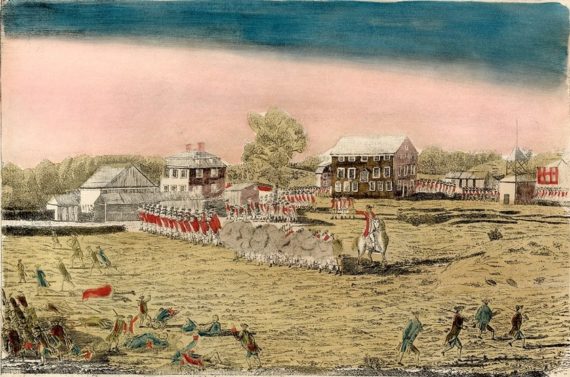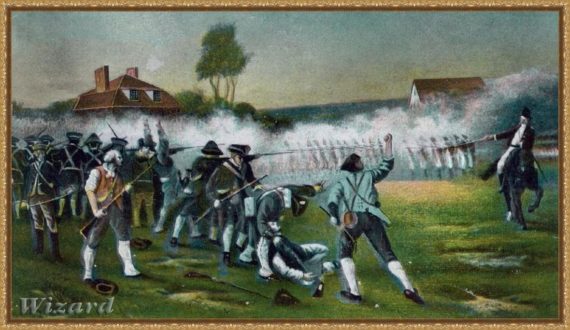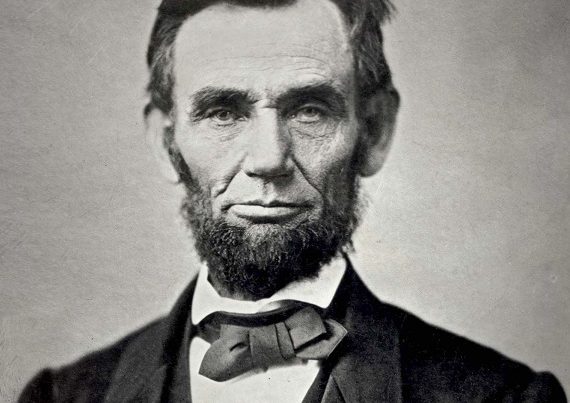Donald Trump made the following statement at a recent rally in Phoenix, Arizona on August 22:
“In the proud tradition of America’s great leaders, from George Washington — please, don’t take his statue down, please. PLEASE! Does anybody want George Washington’s statue? No. Is that sad? To Lincoln, to Teddy Roosevelt, I see they want to take Teddy Roosevelt’s down, too. They’re trying to figure out why. They don’t know. They’re trying to take away our culture. They are trying to take away our history. And our weak leaders, they do it overnight. These things have been there for 150 years, for 100 years. You go back to a university, and it’s gone. Weak, weak people.”
If Trump, an unrepentant New Yorker, can see there are problems with our current cultural cleanse, why are there so many Americans trying to tear our mutual history down? Why is the movement to remove history being filled with such hate and vitriol?
The answers lie in how history is being taught in school. The modern “textbook” has become the substitute for real historical research. Rather than providing students with real history and primary sources, most schools stick to textbooks that have inherent political messages and look to teach some overall “theme” to American history.
The textbook’s origins in America come from Yankees. The “New England Primer” was the first educational textbook used in schools and classrooms. The book consisted of mainly religious overtones and gives insight to the Puritan way of thinking at the time. It taught children letters, rhymes, and basic reading skills by using basic lessons from the Bible.
Modern textbooks are created to establish a certain narrative or viewpoint of American history. They often condense all of our history into a watered down, over-simplified version of the actual history. They have almost no primary sources, with the exception of maybe some artwork and an excerpt of a speech here or there. Basically, these textbooks are telling young kids what to think, without letting them interpret anything on their own. Why should historical monuments need contextualization when our most basic teaching tools do not?
To understand this concept, let’s perform an exercise in thinking regarding “The Shot Heard Around the World.” Many textbooks portray this event as a heroic showing by Massachusetts patriots, where they pushed back the British. However, if we examine the real story we will see that this understanding of the events at Lexington and Concord are nothing more than propaganda and mythology. Examine the three paintings below for a visual understanding:
Lexington-Concord, 1775 by Amos Doolittle (who was at the skirmish):
An 1886 depiction of Lexington-Concord:
Finally, the 1975 depiction most people identify with today:
In the first painting, we see that the patriots were routed by the British. This is the most truthful depiction, as historical record has around 35 of the patriots from the battle testifying that the British told them to disperse, and as the patriots were leaving the British fired on their backs. Reading actual accounts from journals of both British and Americans show that both sides claim the other shot first. Yet, if you watch the old “School House Rock” videos on American history, they explicitly state the British shot first.
The reality is that we do not know who really shot first, but it was most likely the patriots, as several British accounts have their officers’ horses being targeted at the start of the skirmish. The second two paintings are clearly historical revisions, the likes of which perpetuate textbooks everywhere. Overtime, the mythology of the events at Lexington-Concord has distorted the truth more and more.
As a teacher, I am seeing more and more students come to me with a distorted view of American history. Every year, I always ask what students know about slavery and how it ended. I always get the typical “Emancipation Proclamation” answer, and I shake my head in disbelief.
These fallacies are everywhere in our society now thanks to these textbooks and our misinformed youth. Students from a young age are being instilled with ideas about the south being some off-brand America, and the Confederacy being some evil rebellion of traitors. But they are only being taught a small version of the story. Most textbooks, for example, barely mention the Articles of Confederation except in the context of them being a failure. The narrative goes from the American Revolution straight to George Washington and the Constitution, almost completely ignoring the south’s contributions in helping win the Revolution and the hesitation of all the states to create a strong central government.
So how can we fix this problem? The answer is simple: stop using textbooks and provide students primary sources. Discuss the actual history with them and let them come to their own interpretations of our history.
In my own classroom, rather than paint a picture of Lincoln as the “Great Emancipator,” I present students with primary sources on Lincoln during his 1860 presidential campaign and other addresses, where he explicitly stated he was in favor of white supremacy and had no intentions on interfering with slavery. I’ll also examine the actual Gettysburg Address and Emancipation Proclamation with them, then let them come to their own determination on Lincoln.
Where my textbook might skip over the Articles of Confederation entirely, I’ll provide the following sources for my students to interpret:
-James Winthrop’s “Letters of Agrippa,” where he explains why large republics cannot work and why confederacies better preserve freedom
-Richard Henry Lee’s “Observations Leading to a Fair Examination of the System of Government” where he explains how national government can become despotic and unrepresentative
and
-Mercy Otis Warren’s “Observations on the New Constitution,” where she provides eighteen reasons to reject the constitution.
To sum up, our teachers might be overburdened and underpaid, but the students deserve to get an objective and unbiased view of history. There are several alternative, cheap textbooks out there that present a more clear view of history. Thinking Like a Historian by Sam Wineburg provides primary sources from various viewpoints and lets students interpret it on their own. Understanding the War Between the States by Howard Ray White, Clyde Wilson, and others is an excellent source on the “Civil War.” It provides the viewpoints of various historians, uses primary sources, and even provides questions to promote discussion. Finally, I rather enjoy the Major Problems in American History series. These books look at all kinds of topics in American history and are filled with nothing but primary sources from the period and essays by historians.
Hopefully, schools will someday be filled with textbooks that provide a more complete and well-rounded view of history. Until then, it is up to the historians and educators to seek out the true history and present it to students unfiltered.










When I was in school, our entire unit WW2 unit was reading Maus. For Vietnam we read the fictional book Fallen Angels by Myers, a man that had never seen war. You can bet every single student thought that the USA had been soundly defeated by the VC. We had maybe 2 days for the entire “Civil War”.
I have had to relearn history and government as an adult because of these horrible public schools.
You are correct, sir. It is possible to change the world, one mind at a time.